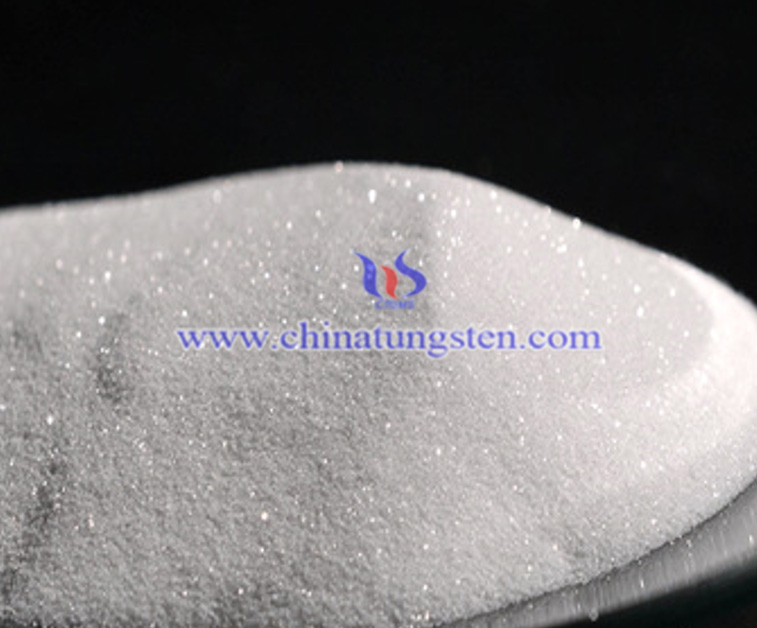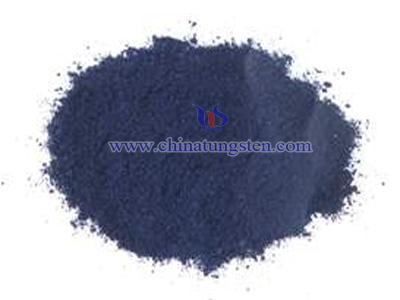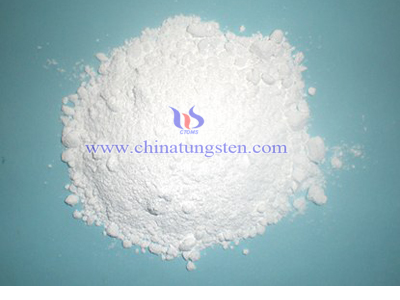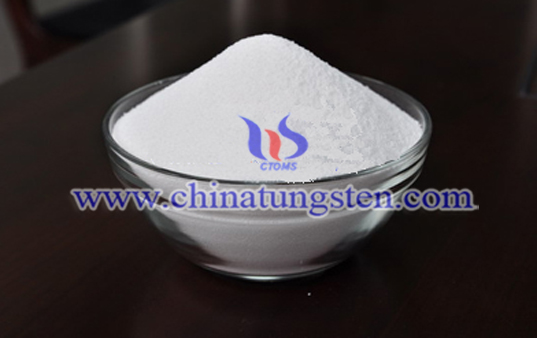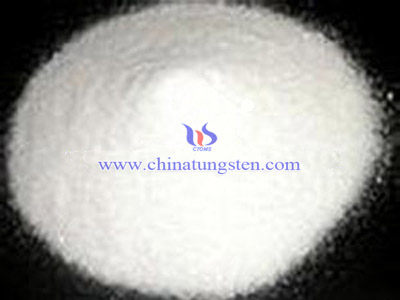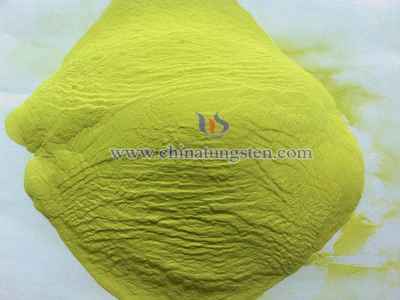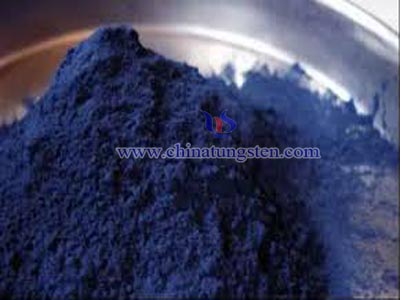Crystal Structure Analysis of Ammonium Metatungstate
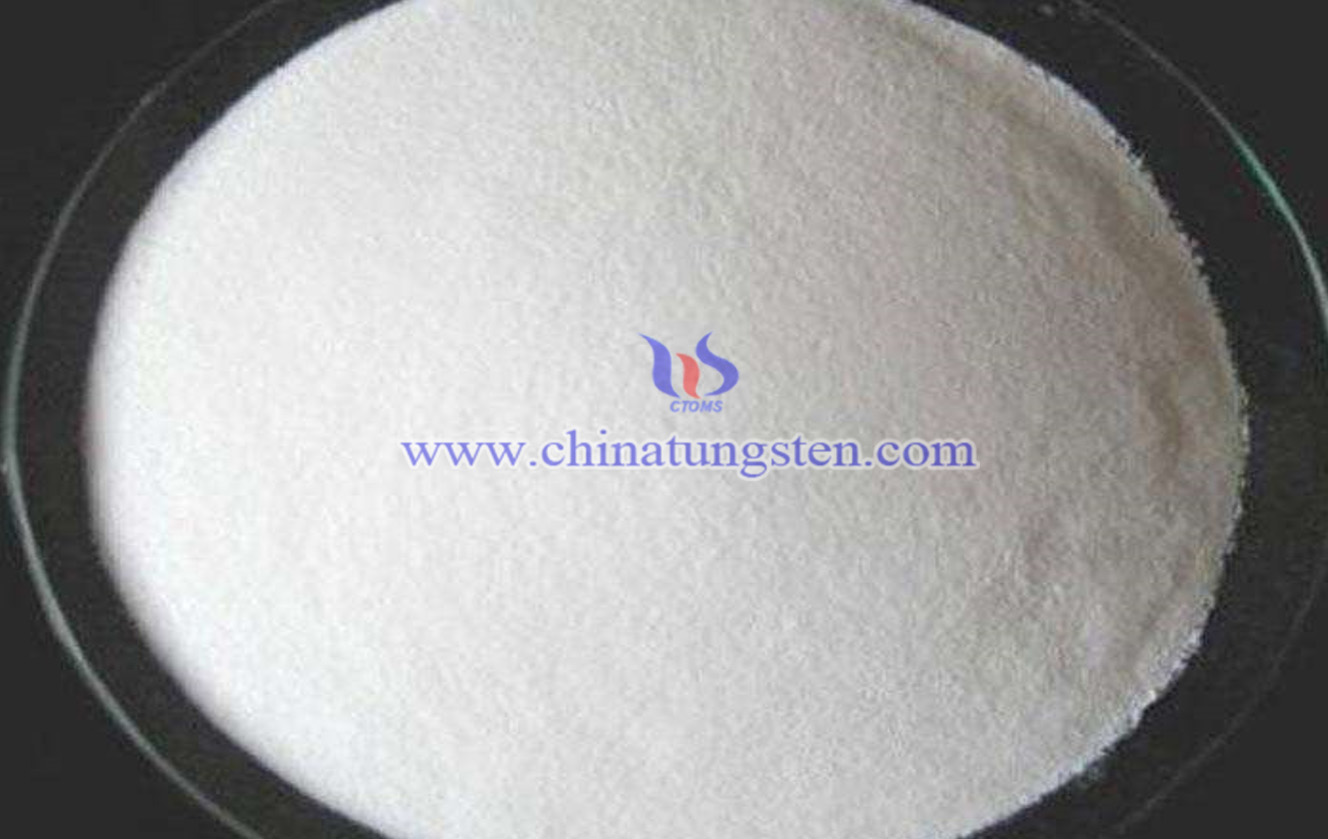
In the analysis of ammonium metatungstate’s crystal structure, X-ray diffraction (XRD) is commonly employed to detect and characterize its crystalline properties. During the experiment, an X-ray diffractometer emits X-rays onto the sample surface, where the X-rays interact with the atoms in the crystal lattice and produce diffraction patterns. By recording the diffraction angles and intensities, researchers can generate diffraction spectra to determine the crystalline phase, lattice parameters, and sample purity. Specifically, the characteristic diffraction peaks of pure AMT typically appear within the 2θ range of 10°-30°, corresponding to the monoclinic crystal system with distinct interplanar spacings and symmetry. If impurities such as ammonium paratungstate (APT) or tungsten trioxide (WO₃) are present in the sample, additional diffraction peaks will appear at different 2θ angles. These extra peaks are distinguishable from the characteristic peaks of AMT, indicating impurity contamination and the need for further purification or process adjustments.
In addition to X-ray diffraction analysis, scanning electron microscopy (SEM) is a commonly used supplementary tool for observing the microstructure and morphological characteristics of AMT crystals. SEM allows researchers to magnify the sample surface, providing a clear view of the shape, size, and distribution of the crystals. Studies have shown that pure AMT crystals typically exhibit needle-like or plate-like morphologies, with relatively uniform particle sizes and smooth surfaces. If significant irregularities in crystal morphology are observed, such as uneven particle sizes or abnormal structures, these may be caused by improper control of process parameters such as temperature, pH, or solution concentration during preparation. Therefore, by combining XRD and SEM analyses, researchers can comprehensively evaluate the crystal structure and physical characteristics of AMT samples, providing reliable guidance for optimizing preparation processes.
Furthermore, to verify the chemical composition and potential impurity content of the sample, additional characterization methods can be employed, such as Fourier Transform Infrared Spectroscopy (FTIR) or Thermogravimetric Analysis (TGA). FTIR helps detect the chemical bonding characteristics of the sample, while TGA evaluates its thermal stability. These integrated analytical methods provide a more comprehensive understanding of the structural properties and quality of AMT, laying a solid foundation for its industrial applications, such as catalyst preparation and tungsten-based material synthesis.

